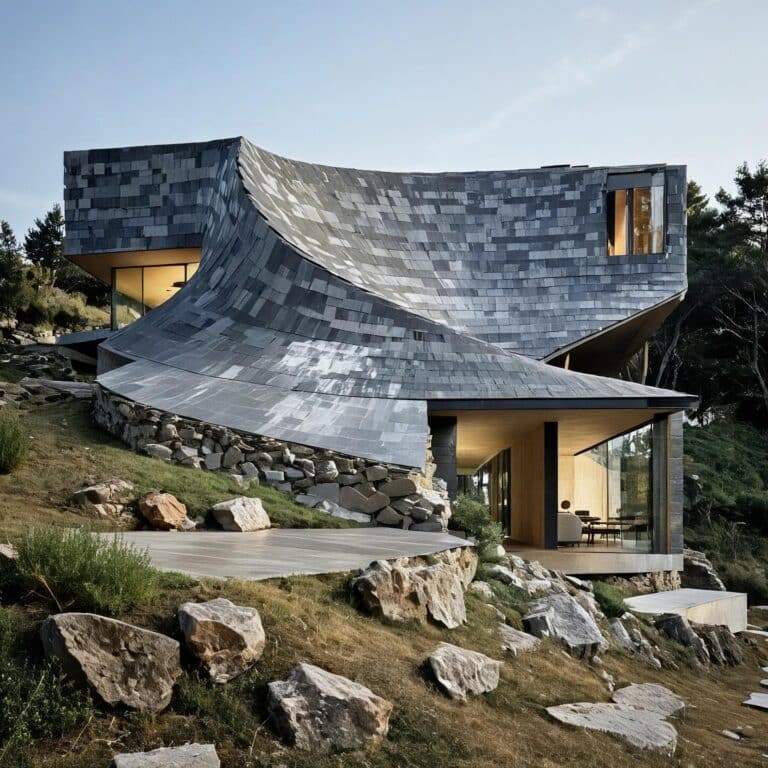Preparing Your Building for Winter: A Comprehensive Guide
As winter approaches, temperatures begin to drop, and the need for a safe, comfortable living environment becomes more urgent. Winter building preparation is crucial at this time. Proper maintenance and preparation of buildings are essential to avoid cold-related issues, moisture damage, and high energy bills. In this article, we will explore the key steps that property owners, board members, and building managers should take to ensure their properties are ready for the winter season.

1. Exterior Maintenance: Protecting the Building Envelope
The exterior walls serve as the first line of defense against harsh weather conditions. Winter building preparation must include inspecting these structures thoroughly before winter begins. Common signs of deterioration include cracks, spalling (surface flaking), efflorescence (white salt deposits), and mortar degradation.
| Issue | Description | Recommended Action |
|---|---|---|
| Cracks | Visible fractures in masonry or concrete | Seal with waterproof materials |
| Spalling | Flaking or chipping due to moisture freeze-thaw cycles | Repair or replace damaged areas |
| Efflorescence | White powdery residue caused by water evaporation | Identify and fix water source; clean surface |
| Mortar Deterioration | Erosion of joints between bricks or stones | Re-point using appropriate mortar |
Quote:
“Regular maintenance of exterior facades reduces costly repairs and protects interior spaces from moisture and climate changes.” – NYC Department of Buildings

2. Switching from Oil to Gas Heating: An Economic and Environmental Benefit
In New York City, Con Edison offers substantial financial incentives—up to $75,000 per building —for converting heating systems from oil to natural gas. This initiative supports both economic efficiency and environmental sustainability, and it is an important part of winter building preparation.
Comparison Between Oil and Gas Heating:
| Criteria | Oil Heating | Gas Heating |
|---|---|---|
| Efficiency | Less efficient with higher operating costs | More efficient with lower operating costs |
| Emissions | Higher carbon emissions | Lower, cleaner emissions |
| Maintenance | Requires regular cleaning and tank management | Less frequent maintenance |
| Initial Cost | Lower installation cost | Higher upfront cost but quicker return on investment |

3. Managing Radiator Issues in Apartments
Radiators are a common source of heat in many NYC buildings, but they can cause problems such as noise, uneven heating, or failure to turn on during the coldest days. Managing these issues is part of winter building preparation.
Tips for Radiator Care:
- Bleed radiators if they’re not emitting heat properly.
- Check for leaks around valves.
- Avoid covering radiators with furniture or curtains, which blocks heat circulation.
Pro Tip:
If your apartment is overheated while others remain cold, the system may be imbalanced. Contact building management to adjust water pressure or airflow distribution.
4. Regulating Indoor Temperatures Effectively
Maintaining a balanced indoor temperature is a common challenge during winter. Here are some practical solutions to consider for winter building preparation:
- Use thick curtains to insulate windows.
- Install weather stripping around doors and window frames.
- Ensure thermostats are calibrated correctly.
ArchUp’s Perspective:
From our perspective, there remains a gap in community awareness regarding the importance of preventive maintenance, especially concerning exterior walls and heating systems. Despite the availability of information and government incentives, many buildings still act only after visible damage occurs. It’s crucial to raise awareness among residents and building management about early detection of issues and how to benefit from available programs to improve energy efficiency and save money in the long run. Winter building preparation should start early to mitigate these risks.
Frequently Asked Questions (FAQ)
| Question | Answer |
|---|---|
| Is it necessary to inspect exterior walls every year? | Yes, seasonal changes directly affect them, potentially leading to moisture intrusion or structural damage. |
| Should I consider switching from oil to gas heating? | Yes, especially with financial incentives, improved efficiency, and reduced emissions. |
| How do I know if my radiator needs bleeding? | If the radiator is warm at the bottom but cold at the top, it likely needs air release. |
| What are the main signs of water infiltration from outside? | Wet spots on interior walls, musty smells, or cracks in plaster. |
Summary Table of Key Points
| Focus Area | Summary |
|---|---|
| Exterior Wall Maintenance | Early detection of cracks, spalling, and efflorescence prevents major damage |
| Transition to Gas | Offers financial incentive, improves efficiency, and lowers emissions |
| Radiator Management | Regular bleeding and maintenance improve performance and comfort |
| Indoor Temperature Control | Good insulation and maintenance reduce waste and improve heat distribution |
This guide provides a practical and comprehensive approach to winter building preparation, focusing on technical and economic aspects without overlooking human and practical considerations.







